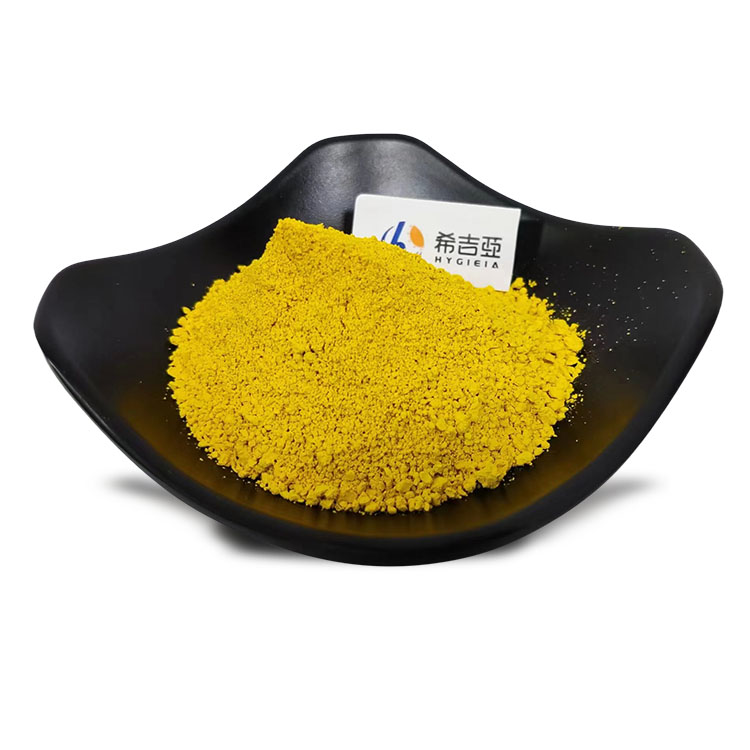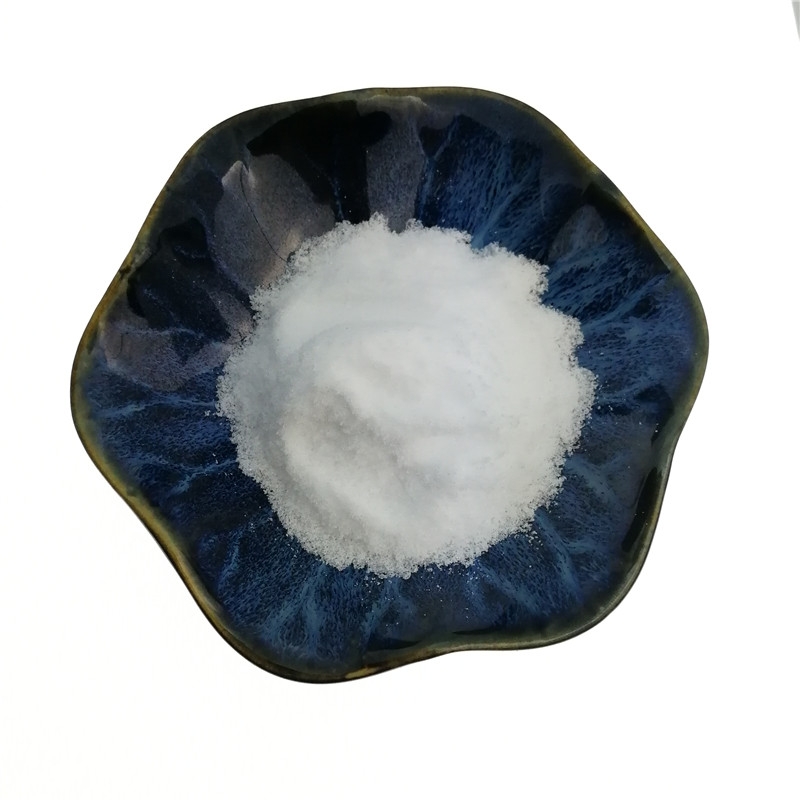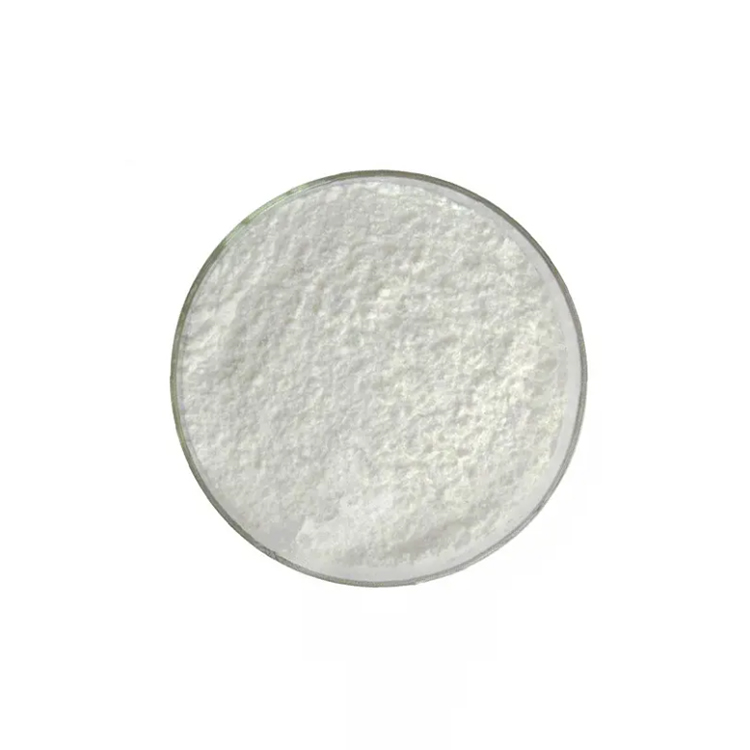-
Categories
-
Pharmaceutical Intermediates
-
Active Pharmaceutical Ingredients
-
Food Additives
- Industrial Coatings
- Agrochemicals
- Dyes and Pigments
- Surfactant
- Flavors and Fragrances
- Chemical Reagents
- Catalyst and Auxiliary
- Natural Products
- Inorganic Chemistry
-
Organic Chemistry
-
Biochemical Engineering
- Analytical Chemistry
- Cosmetic Ingredient
-
Pharmaceutical Intermediates
Promotion
ECHEMI Mall
Wholesale
Weekly Price
Exhibition
News
-
Trade Service
.
In the case of drug sensitization, traditional Chinese medicine injection takes the first place, accounting for nearly 40%
.
Among the fruits, peaches are most likely to cause allergies.
During the 15 years from 2000 to 2014, Peking Union Medical College Hospital treated more than 1,000 patients with anaphylactic shock across the country
.
As a national allergic disease diagnosis and treatment center, the hospital, through a study of 1952 shock episodes of 907 patients, released the ranking of the causes of anaphylactic shock in China for the first time in the world, and its distribution characteristics among people of different age groups.
The research on the causes of anaphylactic shock has eliminated the "China gap
.
"Overall, food accounts for 77% of the causes of anaphylactic shock
.
Among them, wheat is the prime culprit, accounting for 37% of the total inducement; fruits/vegetables are second, accounting for 20%; followed by beans/peanuts at 7%, and nuts/seeds at 5%
.
According to experts, the most common fruit that causes anaphylactic shock is peaches, and the most common allergenic nut is cashews
.
In terms of the severity of the disease, wheat induced 57% of severe allergic reactions, while fruits/vegetables tended to have mild to moderate allergic reactions
.
Food-induced anaphylactic shock is often associated with pollen allergy, and Artemisia pollen-food syndrome is the most common
.
Among the severe allergic reactions caused by seasonings, fruits/vegetables, beans/peanuts, nuts/seeds, the proportions of combined artemisia pollen allergies were 75%, 67%, 61%, and 51%, respectively
.
71% of patients with severe allergic reactions induced by peaches are allergic to Artemisia pollen
.
In addition, the study also reported on China's unique foods and rare food profiles that induce anaphylactic shock, such as chrysanthemum tea, bullfrog, wild vegetables, silkworm pupae, locusts and golden cicadas
.
Wheat products "gluten" is the main cause of allergies In recent years, the incidence of food-induced anaphylactic shock has increased year by year, which has aroused global attention
.
It is understood that the most common causes of anaphylactic shock in Europe and America are nuts, peanuts, fish, and shellfish
.
The United States ranks first because of peanuts, Japan and South Korea are buckwheat and wheat, and Singapore is bird's nest
.
Yin Jia, director of the Allergy Department of Peking Union Medical College Hospital, said that the incidence of severe allergic reactions in adults is significantly higher than in children
.
68% of severe allergic reactions occur between the ages of 18 and 50, and the primary cause of anaphylactic shock is different in different age groups
.
62% of infants aged 0 to 3 are allergic to milk, and 59% of children aged 4 to 9 are allergic to fruits/vegetables
.
In the adolescent and adult group after the age of 10, wheat-induced anaphylactic shock has jumped to the first place, and the proportion has been increasing with age
.
For example, wheat-induced anaphylactic shock accounts for 20% of adolescents between 10 and 17 years old, and this proportion rises to 42% for people between 18 and 50 years old
.
Experts speculate that the lack of "gluten-free" wheat products in China and the genetic susceptibility of Chinese people are the reasons for the high proportion of anaphylactic shock induced by wheat in China
.
In real life, gluten protein is mainly found in wheat, barley, and oat flour, and patients with celiac disease are very sensitive to it
.
Drug sensitization Chinese medicine injection topped the list.
In addition to food, drugs are also an important cause of anaphylactic shock in Chinese, accounting for 7%
.
Among allergenic drugs, Chinese medicine is ranked first, accounting for 37%
.
Qingkailing injection, Shuanghuanglian injection, and Houttuynia injection are the most common; antibiotics, accounting for 24%, are the second most common type, mainly penicillin; the third is antipyretic and analgesic Drugs, accounting for 16%
.
The reporter learned that the injection can be directly injected into the tissues, blood vessels or organs of the human body, with fast absorption and rapid action.
.
Especially for intravenous injection, the medicinal solution directly enters the blood circulation, and the probability of allergic reaction is higher than that of oral or external use
.
Yin Jia reminded that although drug-induced anaphylactic shock is a “niche”, as the prevalence of hypertension in Chinese people increases year by year, aspirin has been proven to have significant effects on the prevention of stroke, dementia, and anti-aging.
It is expected to be More people take aspirin preventively
.
Once the patient is clearly diagnosed with a severe allergic reaction induced by wheat, aspirin and antipyretic analgesics are forbidden; if aspirin or antipyretic analgesics must be taken due to the condition of the disease, wheat-based foods must be prohibited
.
In addition, exercise is also an "accomplice" in inducing anaphylactic shock
.
Studies have shown that 39% of anaphylactic shock occurs during exercise
.
Among them, food dependence exercise-induced severe allergies accounted for 87%
.
For example, some patients with "wheat-dependent exercise-induced anaphylactic shock" can avoid shock if they don't exercise after eating noodles, and once they exercise, they will cause shock
.







